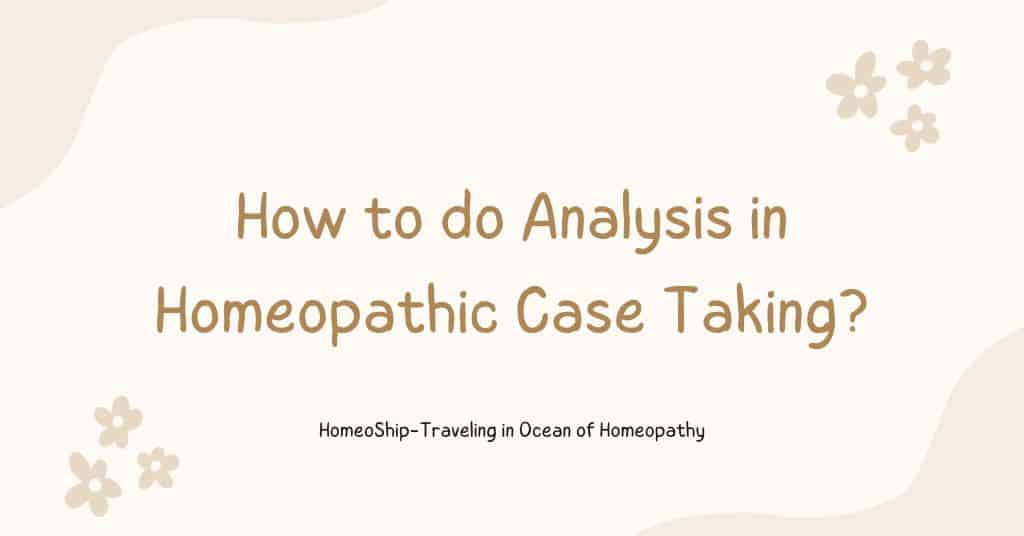The art of taking a case is truly a challenging aspect of homeopathy. Similar to any other form of art, case-taking also comes in various forms, each allowing us to express ourselves uniquely. Today, let’s delve into understanding the differences between acute and chronic case-taking. But before delivering into it you can read our post on case taking in depth.
In acute diseases, the primary complaints emerge recently, and the patient can readily recall the symptoms. As the patient is presently grappling with the ailment, they can articulate even the minutest details effortlessly. Consequently, less time is needed to identify the triggering cause and understand the disease’s manifestation.
However, chronic diseases present a more intricate scenario. Here, the underlying cause often lurks in the patient’s history, making it challenging to pinpoint. The patient may struggle to recall the exact onset date or the precise cause of their ailment.
As we know merely gathering signs and symptoms isn’t sufficient for making a prescription. It’s imperative to observe the patient’s surroundings and circumstances, as they deeply influence their psycho-neuro-endocrinal axis, potentially leading to various disturbances and illnesses.
Chronic diseases may stem from miasms, sustaining causes, or even pseudo-causes. Occasionally, the medications (of any system of medicine) the patient is taking could induce the illness (iatrogenic diseases). This demands a considerable amount of time and expertise from the physician’s end. They must diligently probe into the patient’s history, family background, and treatment journey, meticulously collecting every detail.
In chronic case-taking, various significant aspects of the patient’s life come into play, such as their physical constitution, moral and intellectual traits, occupation, lifestyle, habits, social and familial connections, age, and sexual function. In essence, a thorough “Anamnesis” is essential for chronic cases.
Hence, case-taking in chronic diseases is more labour-intensive compared to acute ones. The guidelines provided by Hahnemann are particularly applicable to chronic case-taking rather than acute scenarios.


